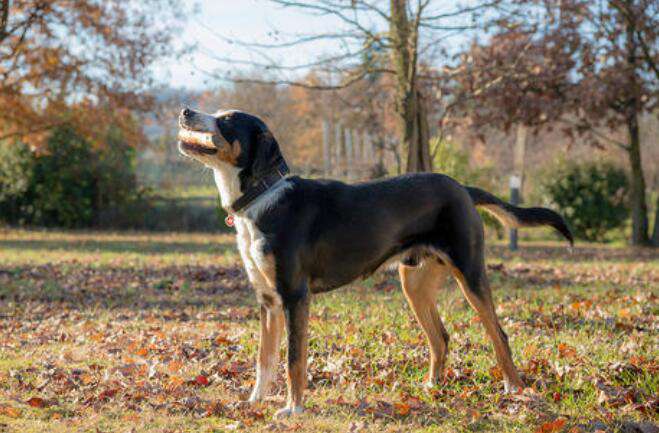When it comes to the Greater Swiss Mountain Dog, many people may not know it. This breed is really rare in China, because many cities in China have restrictions on large dogs, which indirectly leads to the lack of good dogs. popularity. Today, the author will give you some information about this big guy, so that you who like dogs can learn more about this big guy.

1. Origin
great swiss mountain dog, History It has a long history and is a descendant of the large bulldog Tibetan Mastiff. Due to its tall stature and good stamina, the Greater Swiss Mountain Dog used to be mainly used to help local farmers in Switzerland graze, guard and pull carts. It is a very good working dog. In the early 19th century, an American saw the Greater Swiss Mountain Dog at a dog show, fell in love with him at first sight, and brought the first Greater Swiss Mountain Dog back to the United States. At this time, people began to gradually understand the breed and began to love them. It wasn't until 1968 that the Great Swiss Mountain Dog Club of the United States was formally established, and the breed was officially settled and developed in the United States.
2. Personality
The Greater Swiss Mountain Dog is a sensitive, loyal and devoted family companion. They are calm, easygoing and gentle with children and other pets. But at the same time they are very territorial, alert, brave and protective. (PS: Because this big guy is very energetic, it needs a lot of activity space to consume their energy. It is not suitable for raising shit shovelers who live in urban communities.)
3 Physical characteristics
Great Swiss Mountain Dog was originally a strong cart dog, so they are tall, strong and powerful, slightly longer than tall. They like to exercise regularly, they are full of muscles, no fat, and their body lines are very good. The coat color is mainly black and brown, with some white on the four paws and the end of the tail (it feels like wearing four white sneakers). The hair of the Greater Swiss Mountain Dog is short and thick, so we can comb it once a week, and it can be more frequent in the moulting season. We need to minimize the fur damage caused by combing.
4. Health problems (common diseases)
Main symptoms of concern: CHD
Secondary symptoms of concern: mumps, shoulder obsessive-compulsive disorder, double eyelashes , gastric torsion, spleen torsion, epilepsy, female urinary incontinence
Recommended regular physical examination items: elbow, eyes, shoulder, hip
General life expectancy: 10~12 years
p>
Greater Swiss Mountain Dogs benefit from working dog genes, they especially likeLove the outdoors, especially in cold weather. They need daily exercise, whether it's a long walk or an intense game session. And this big guy likes to drag heavy objects, so if possible, you can prepare some heavier "toys" for them. (At the end of the article, I suggest again that friends who live in the suburbs can raise them, and friends who live in the city should not raise them at will.)
